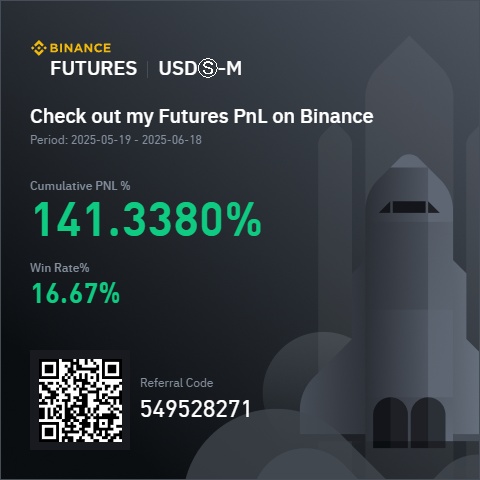The Crucial Role of Risk Management in Cryptocurrency Trading
Imagine standing on the edge of a cliff, the wind whipping around you, and the vast expanse of the ocean stretching out below. You have two choices: take a leap of faith and hope for the best, or carefully plan your descent with a parachute. In the world of cryptocurrency trading, the cliff is the volatile market, and the parachute is risk management. Let’s explore why risk management is not just important but essential for anyone venturing into this high-stakes arena.
The Foundation of Successful Trading
Understanding Risk Management
Risk management in cryptocurrency trading is akin to wearing a seatbelt while driving a high-performance car. You may never need it, but if something goes wrong, it could save your life—or in this case, your investment. At its core, risk management is about protecting your capital so that you can continue trading even after a setback. This involves setting stop-loss orders, diversifying your portfolio, and ensuring that you never risk more than you can afford to lose.
The Win Rate Myth
Many traders fall into the trap of focusing solely on the win rate—the percentage of trades that are profitable. While a high win rate is desirable, it’s not the only metric that matters. A trader with a 60% win rate but who loses twice as much on losing trades as they gain on winning ones will eventually go broke. Risk management ensures that even if you lose, you lose small, and when you win, you win big. It’s about maintaining a balance where your gains outweigh your losses over time.
Current Market Trends and Risk Management
The Volatile Nature of Cryptocurrency
The cryptocurrency market is infamous for its volatility. Prices can swing wildly within a single day, making it a high-risk, high-reward environment. This volatility underscores the need for robust risk management strategies. Traders must be prepared for sudden market shifts and have plans in place to mitigate potential losses. For instance, setting stop-loss orders can automatically sell your assets if the price drops to a certain level, preventing further losses.
Hedging and Diversification
One effective risk management strategy is hedging. If you hold spot cryptocurrencies, hedging can protect you from sudden price drops. Diversification is another key strategy. Spreading your investments across different cryptocurrencies and asset classes can reduce the impact of a poor-performing asset on your overall portfolio. For example, if you hold 50% of your spot holdings in Bitcoin, consider diversifying into other altcoins or even traditional assets like stocks or bonds.
Advanced Tools and Techniques
AI-Powered Forecasting
Advanced forecasting and analysis services, such as those provided by Allora Network, use AI-powered models to predict market trends[1]. These tools can help traders make more informed decisions, but they should not replace solid risk management practices. Instead, they should complement them, providing additional data to support your trading strategy. For instance, AI can help identify patterns and trends that might not be immediately apparent to human traders.
Community and Knowledge Sharing
Platforms like Irys & Kaito PUSH encourage community involvement and knowledge sharing[3]. Engaging with these communities can provide valuable insights and different perspectives on market trends and risk management strategies. The more informed you are, the better equipped you’ll be to manage risks effectively. For example, learning from the experiences of other traders can help you avoid common pitfalls and refine your own strategies.
The Importance of Staying Informed
Market Analysis and Federal Reserve Dynamics
Keeping an eye on broader economic indicators, such as Federal Reserve dynamics and ETF fund flows, can provide context for market movements[5]. For instance, the Federal Reserve’s decision to maintain the benchmark interest rate can influence investor sentiment and market volatility. Staying informed about these macroeconomic factors can help you anticipate market trends and adjust your risk management strategies accordingly. For example, if the Federal Reserve raises interest rates, it could lead to a sell-off in riskier assets like cryptocurrencies.
Dogecoin and Altcoin Analysis
Specific cryptocurrencies, like Dogecoin, can experience significant price movements based on market sentiment and technical analysis[4]. Understanding the technical patterns and market sentiment surrounding these altcoins can help you make more informed trading decisions and manage risks more effectively. For instance, technical indicators like moving averages and relative strength index (RSI) can provide insights into potential price movements.
Conclusion: The Path to Sustainable Trading
In the world of cryptocurrency trading, risk management is not just a good practice; it’s a necessity. It’s the foundation upon which sustainable trading strategies are built. By understanding the principles of risk management, staying informed about market trends, and leveraging advanced tools and community insights, you can navigate the volatile cryptocurrency market with confidence.
Remember, the goal is not to eliminate risk but to manage it effectively. Every trade is a gamble, but with the right risk management strategies, you can tilt the odds in your favor. So, prioritize risk management above all else, and you’ll be well on your way to becoming a successful and sustainable trader.
—
Sources:





